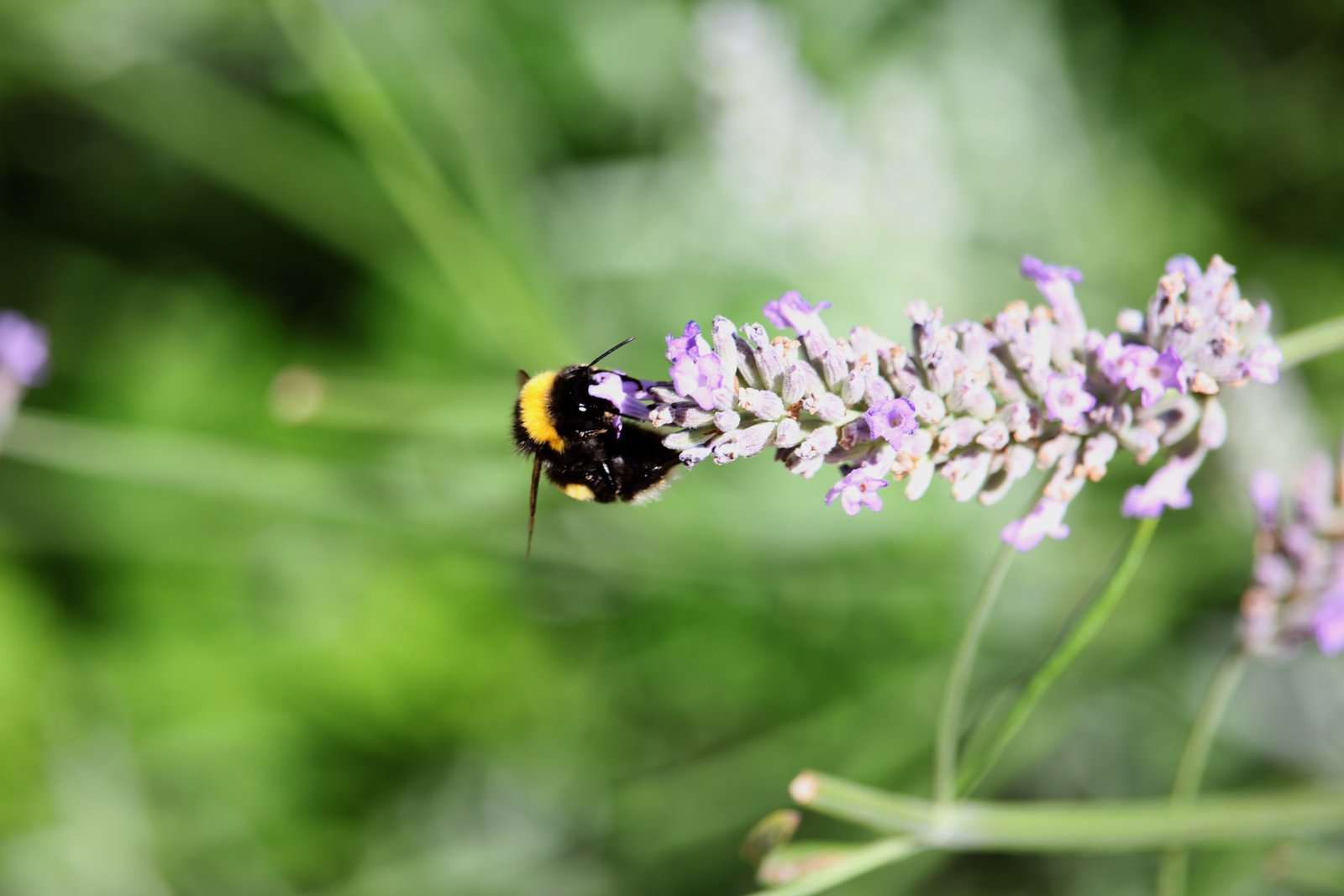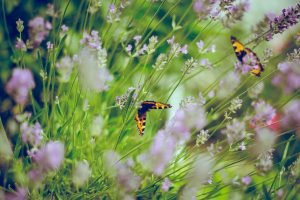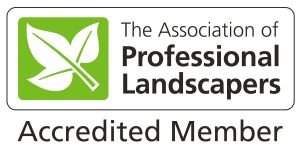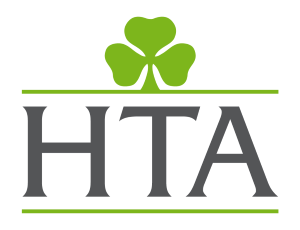
If you’d like to see more wildlife, particularly birds and bees, in your garden, by making a few clever choices for your herbaceous borders and vegetable beds, you can give nature a helping hand.
Recent research by the The Royal Horticultural Society concluded that if you want to attract plant-based insects to your garden you need to include plenty of UK native plants and decide whether planting for pollinators is equally important to you. You should also let your plants fill out in your borders and plant generously whenever you can. Finally, you need to be prepared to have some of your plants nibbled by your visitors (insects and invertebrates NOT humans).
Helen Bostock is the RHS wildlife gardening specialist who conducted the study and she has researched the most frequently recommended plants to attract birds, bees, butterflies and more.
The top ten plants she reckons every wildlife gardener should consider are:
- Sunflowers – the brightly coloured heads provide a burst of sunshine in the summer and a bounty of seeds for birds when the season changes.
- Foxgloves – a favourite of our cottage gardens, this shade lover flowers between June and September
- Thyme – low growing with highly fragrant leaves when crushed, this herb is a great habitat for beetles and other invertebrates

- Lavender – the calming scent and vibrant colour draws bees and butterflies in the summer and birds later on once the blooms have gone to seed
- Honeysuckle – nectar-loving insects including the hummingbird hawk moth love this highly scented climber while warblers and thrushes enjoy the berries
- Rowan – the red autumn berries of this small tree attract thrushes and is a great choice for small to medium sized gardens
- Sedum spectabile or ice plant – provide nectar towards the end of the summer and are a favourite of hoverflies, bees and butterflies
- Pyracantha – not only does this shrub’s berries provide food for wildlife, but when planted as a hedge it is the perfect habitat and nesting site for birds
- Berberis – this shrub provides nectar for butterflies and moths as well as a home for their caterpillars
- Lythrum salicaria – flowering in June to August, this pink wildflower thrives in boggy ground and is an important source of nectar for long tongued insects including red-tailed bumblebees and elephant hawk-moths.
We love Helen’s suggestions and plant them regularly in the gardens we design and build. Do you have any favourite plants for attracting wildlife? If so, we’d love to hear from you.
Main photo credit to Callum Cockburn. For more photos by Callum, visit: 500px.com/callumc101
New products in the GreenArt shop
We at GreenArt can provide help at any level
From planning a wildlife garden, building hides, constructing ponds and streams, creating paths and planting trees and shrubs.








